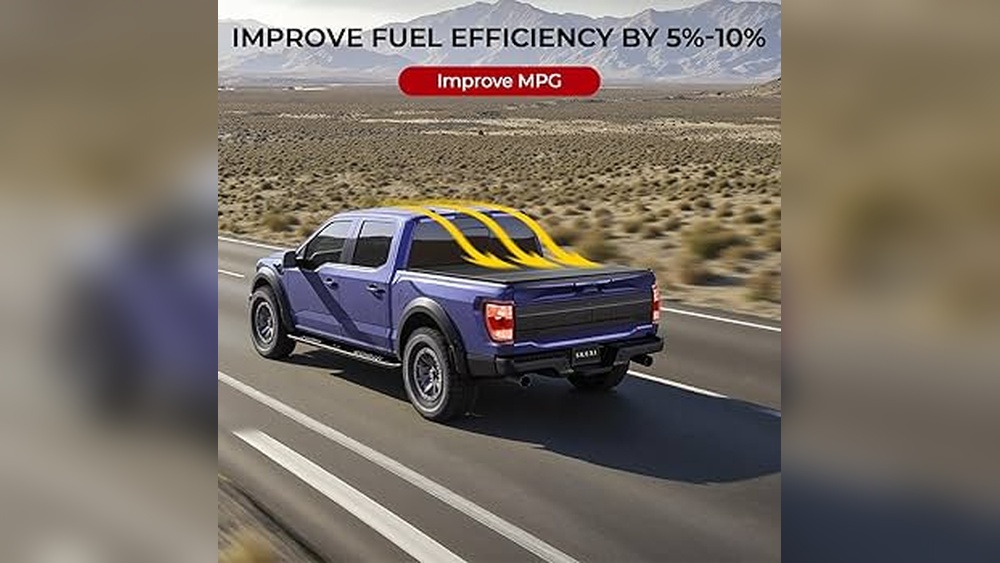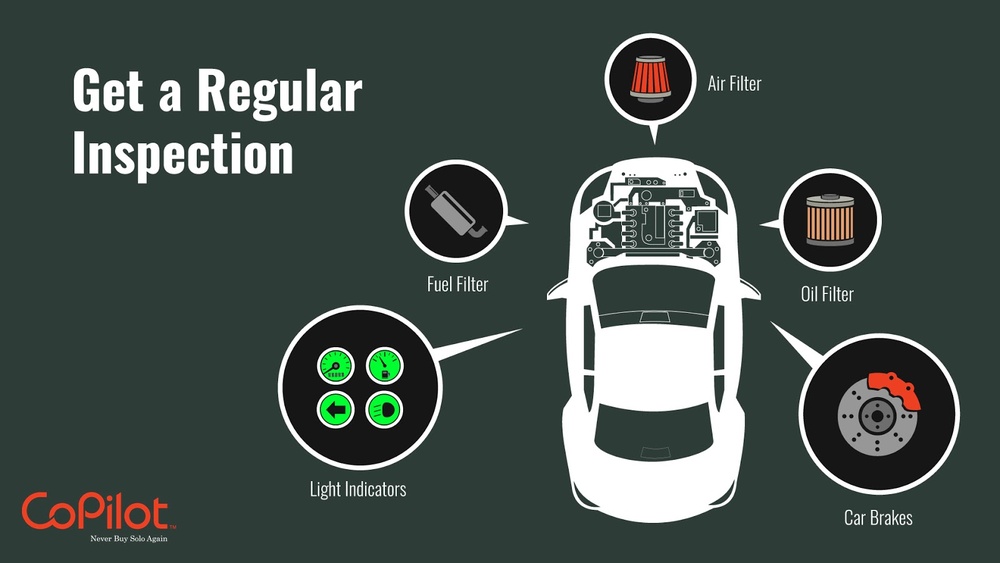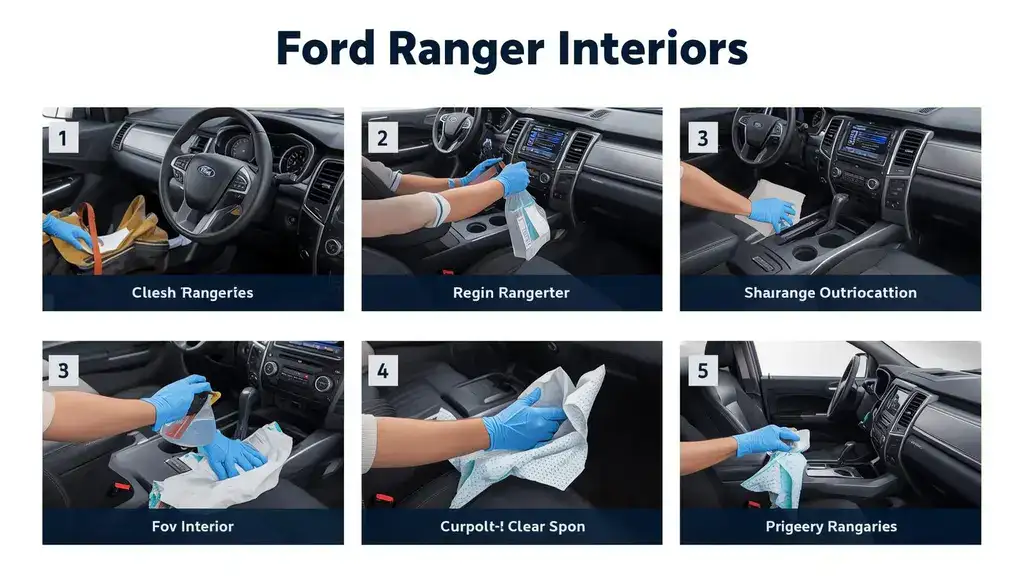Are you ready to take your Ford Ranger off the beaten path but don’t know where to start? Setting up your truck for off-road adventures can feel overwhelming, especially if you’re new to it.
But don’t worry—this beginner off-road setup guide is made just for you. You’ll learn simple, effective steps to get your Ranger ready for rough trails without breaking the bank or getting lost in technical jargon. By the end, you’ll feel confident and excited to tackle your first off-road trip.
Keep reading, and let’s get your Ford Ranger adventure-ready!
Choosing The Right Tires
Choosing the right tires is key for your Ford Ranger’s off-road setup. Tires affect grip, ride comfort, and safety. Picking the best tires makes your drives more fun and less risky. Understanding tire types, sizes, and pressure helps you make smart choices.
All-terrain Vs Mud-terrain
All-terrain tires work well on roads and light trails. They have a balanced tread for dirt, gravel, and pavement. Mud-terrain tires have deeper treads and bigger gaps. They excel in mud, rocks, and soft surfaces. For beginners, all-terrain tires offer better daily use comfort and decent off-road ability.
Tire Size Considerations
Tire size changes your truck’s look and performance. Larger tires improve ground clearance and grip on rough trails. Too large tires may affect fuel efficiency and speedometer accuracy. Choose tires that fit your Ranger’s wheel wells and suspension. Start with a moderate size upgrade for easier handling and fewer problems.
Tire Pressure Tips
Proper tire pressure improves traction and ride quality. Lower pressure increases tire contact with the ground. It helps in sand and rocky terrain. Avoid dropping pressure too much to prevent tire damage. Check pressure before and after off-road trips. Use a reliable gauge to keep pressure in the right range.
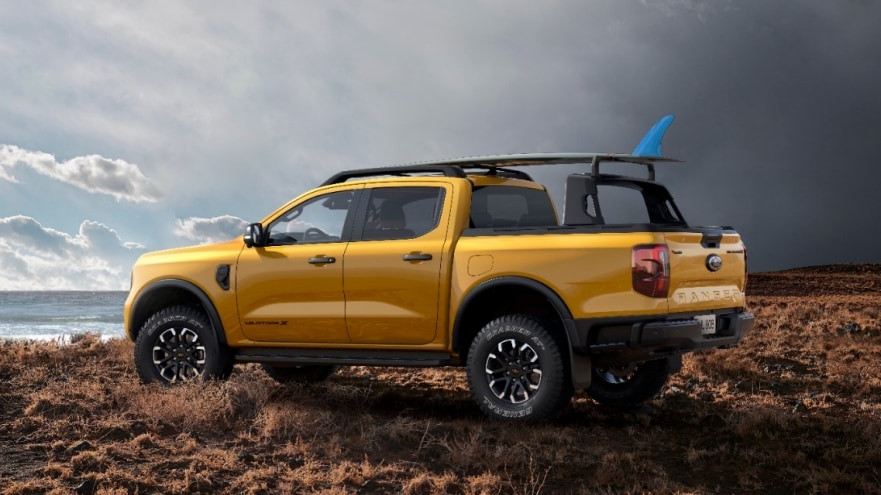
Credit: media.ford.com
Suspension Upgrades
Upgrading the suspension is a key step for off-road driving. It improves how your Ford Ranger handles rough roads and obstacles. Better suspension means a smoother ride and less damage to your truck. It also gives you more control and confidence on tough trails.
Choosing the right suspension parts helps your truck perform better off-road. Focus on lift kits, shock absorbers, and springs. These parts work together to improve clearance, absorb bumps, and support heavy loads.
Lift Kits For Clearance
Lift kits raise your truck higher from the ground. This gives more space under the vehicle for rocks and uneven surfaces. A higher clearance reduces the chance of getting stuck or scraping the bottom. Simple lift kits are easy to install and fit well on beginner setups.
Choose a lift kit that matches your off-road needs. Small lifts add just enough height for better clearance. Larger lifts can fit bigger tires but may need extra adjustments.
Shock Absorbers Options
Shock absorbers control how your truck moves over bumps. Good shocks keep the tires in contact with the ground for better grip. They also prevent the truck from bouncing too much after hitting bumps.
Basic shocks work fine for light off-road use. For rougher trails, consider shocks made for off-road conditions. These offer better damping and last longer. Gas or hydraulic shocks are common choices for Ford Rangers.
Spring Choices
Springs support the weight of your truck and cargo. They affect ride height and comfort. Coil springs offer a smooth ride and good flexibility. Leaf springs are strong and handle heavy loads well.
Choose springs that balance comfort and strength. Upgraded springs can improve stability on rough terrain. Make sure they fit your truck model and match your lift kit.
Protective Gear
Protective gear is key for off-road driving. It helps keep your Ford Ranger safe from damage. Rough trails and rocks can hurt your truck’s body and parts. Adding protective gear gives you peace of mind. It also keeps your vehicle strong for many adventures.
Skid Plates Installation
Skid plates protect the underside of your Ford Ranger. They cover vital parts like the engine and fuel tank. Installing skid plates stops rocks and debris from causing damage. These plates are usually made of strong metal. They add a shield between the ground and your truck’s undercarriage. This simple upgrade prevents costly repairs after tough trips.
Rock Sliders Benefits
Rock sliders guard your truck’s lower sides. They stop rocks and obstacles from scratching or denting doors and panels. Rock sliders also act as steps for easier cabin access. They absorb impact and protect your Ranger’s frame on rocky paths. Strong rock sliders improve your truck’s durability off-road.
Bumper Reinforcements
Reinforcing your bumpers adds another layer of protection. Heavy-duty bumpers can handle bumps and collisions better. They shield your Ford Ranger’s front and rear from damage. Reinforced bumpers often include winch mounts for recovery help. They also give your truck a rugged look while boosting safety.
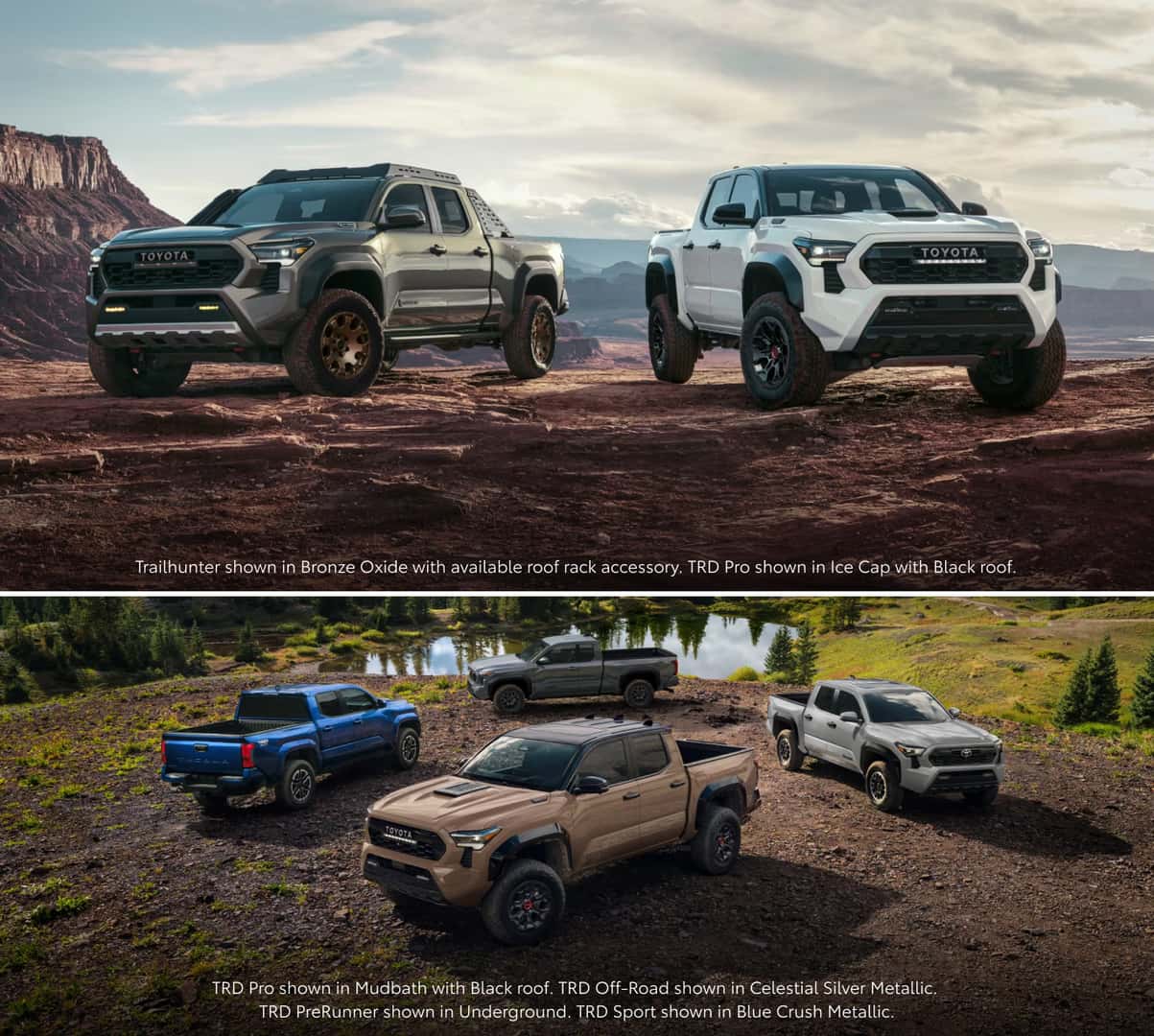
Credit: www.streettoyota.com
Recovery Equipment
Recovery equipment is essential for off-road driving. It helps you get your Ford Ranger unstuck in tough spots. Having the right tools improves safety and confidence. These tools save time and reduce damage to your vehicle.
Choose recovery gear carefully. Learn how to use each item properly. Practice using the equipment before hitting rough trails.
Winch Selection
A winch pulls your vehicle out of mud, sand, or snow. Choose one with enough power for your Ford Ranger. A winch rated for 1.5 times your truck’s weight works well. Look for models with a strong cable or synthetic rope. Easy controls and good mounting kits matter too.
Recovery Straps And Shackles
Recovery straps stretch to pull vehicles free. Use straps rated for heavy loads. Avoid cheap straps that can snap. Shackles connect straps to vehicles. Pick D-ring shackles with secure pins. Inspect straps and shackles for damage before use. Replace worn gear to stay safe.
Hi-lift Jack Usage
The Hi-Lift jack lifts the Ranger to change tires or clear obstacles. It works on soft or uneven ground. Secure the jack on a solid part of the frame. Never use it on the bumper or plastic parts. Practice lifting and lowering safely. Carry a base plate for stability on soft soil.
Lighting Enhancements
Lighting upgrades make your Ford Ranger safer and easier to drive off-road. Good lights help you see rough trails and avoid obstacles. They also help others spot your vehicle in dark or bad weather. Choose the right lighting setup to improve visibility and road safety.
Led Light Bars
LED light bars provide bright, wide light. They cover a large area in front of your truck. These bars use less power than old lights. They last longer and resist damage from bumps. Mount them on the roof or front bumper. This setup improves night driving on trails.
Fog Lights Upgrade
Fog lights cut through mist and dust better than normal headlights. Upgrading to LED fog lights gives sharper, clearer light. This helps you see the road edges and small obstacles. Place them low on the bumper to reduce glare. This upgrade is perfect for rainy or foggy days.
Auxiliary Spotlights
Auxiliary spotlights focus light on distant objects. They help spot animals, rocks, or signs far ahead. These lights add safety by giving extra reaction time. Attach them to the front or side mirrors. Use them only when needed to avoid blinding others.
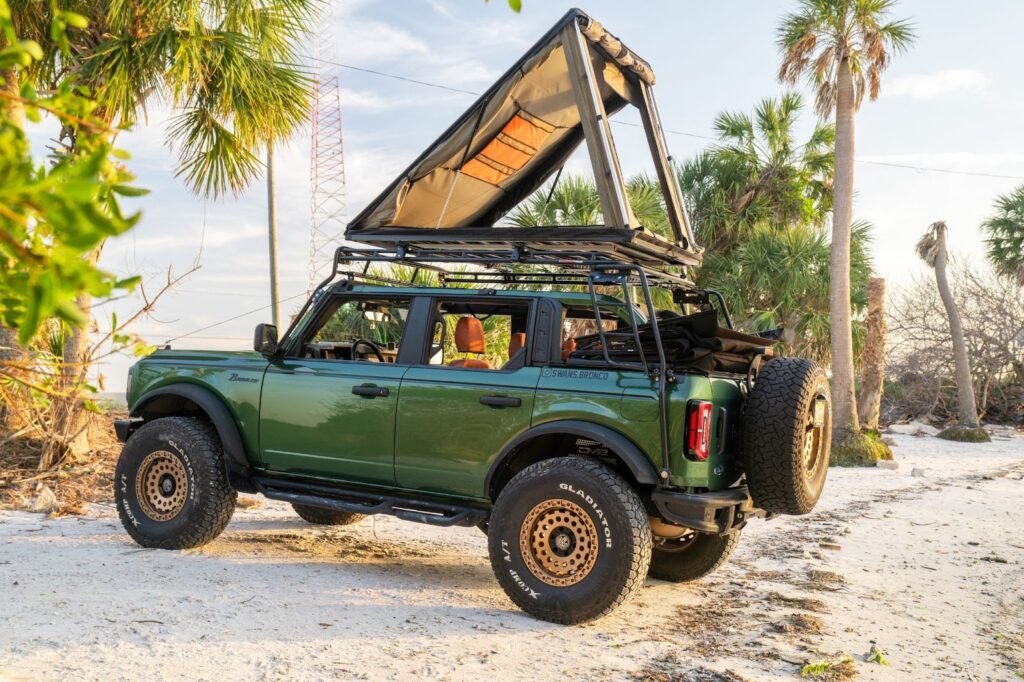
Credit: gobiracks.com
Storage Solutions
Storage solutions are key for any beginner off-road setup on a Ford Ranger. They help keep gear organized and safe. Proper storage also maximizes space for essential tools and supplies. This makes your trips smoother and more enjoyable.
Roof Racks And Bed Racks
Roof racks add extra space above your truck. They hold bulky items like camping gear and extra fuel cans. Bed racks fit inside the truck bed but raise the load higher. This frees up the bed floor for other cargo. Both racks are sturdy and designed for rough terrain.
Toolbox Options
Toolboxes keep tools secure and easy to find. They attach inside the truck bed or on the side. Some toolboxes lock to protect valuable items. Choose a box made from durable materials like steel or aluminum. This ensures it lasts through tough off-road conditions.
Secure Cargo Management
Secure cargo systems prevent gear from shifting while driving. Use tie-down anchors, straps, or cargo nets. These hold your items tightly in place. Properly secured cargo avoids damage and keeps safety high. Simple setups work best for beginner off-roaders.
Essential Maintenance Tips
Maintaining your Ford Ranger after off-road trips is very important. Proper care helps your truck last longer and perform well. Dirt, mud, and rough trails can cause wear and tear. Following simple maintenance steps keeps your Ranger ready for the next adventure.
Regular Inspection Checklist
Check tires for cuts, punctures, and proper pressure. Look at the suspension for loose bolts or damage. Inspect the undercarriage for cracks or dents. Test the lights and signals to ensure they work. Examine the brake pads and discs for wear. Tighten any loose parts you find during inspection.
Cleaning After Trails
Wash your Ranger thoroughly after each off-road trip. Remove mud from tires, wheel wells, and undercarriage. Use a hose to rinse away dirt in hard-to-reach areas. Clean the engine bay carefully, avoiding sensitive parts. Dry the truck to prevent rust and corrosion. Clean interior mats to remove debris and moisture.
Fluid And Filter Checks
Check engine oil level and quality regularly. Change the oil as per the manufacturer’s schedule. Inspect air filters and clean or replace if clogged. Check coolant levels to avoid overheating. Examine brake fluid and top it up if low. Inspect transmission fluid for color and level. Replace fuel filters to maintain engine health.
Frequently Asked Questions
What Is The Best Tire Size For Beginner Ford Ranger Off-roading?
A 31-inch all-terrain tire is ideal for beginners. It offers good grip and clearance without major modifications. These tires balance performance and comfort on rough trails and daily roads.
How To Improve Ford Ranger Suspension For Off-road?
Install aftermarket shocks and lift kits designed for Ranger. They enhance ground clearance and absorb rough terrain impacts. This upgrade improves ride quality and off-road control.
Should I Add Skid Plates To My Ford Ranger?
Yes, skid plates protect vital components like the engine and fuel tank. They prevent damage from rocks and debris on trails. Skid plates increase durability and off-road confidence.
What Recovery Gear Is Essential For Beginner Off-roaders?
Carry a tow strap, shovel, and a portable air compressor. These tools help in self-recovery during stuck situations. Basic gear ensures safety and preparedness off-road.
Conclusion
Starting with the right setup makes off-road driving safer and more fun. The Ford Ranger handles rough paths better with simple upgrades. Tires, suspension, and protection gear help your truck stay strong. Keep your tools ready and check your vehicle before trips.
Enjoy exploring nature and testing your Ranger’s limits. Small steps lead to great adventures. Drive smart, stay safe, and enjoy every ride.
Disclosure: As an Amazon Associate, I may earn from qualifying purchases at no extra cost to you. Amazon and the Amazon logo are trademarks of Amazon.com, Inc, or its affiliates.
- Amazon, Amazon Prime, the Amazon logo and Amazon Prime logo are trademarks of Amazon. com, Inc. or its affiliates.

I am Sadman, the founder of CarSensorHub.com, where I share my passion for cars and technology. I specialize in writing detailed reviews and helpful guides on car gadgets, accessories, safety tools and many more. My mission is to help car owners discover the best products and tips to improve their driving experience and stay safe on the road.

